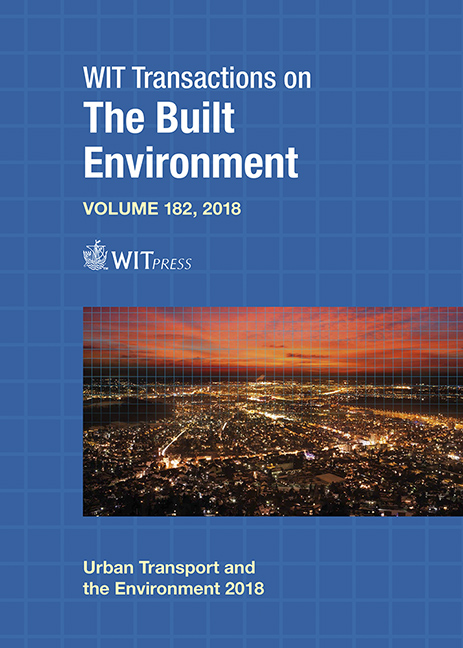URBAN MOBILITY AND QUALITATIVE RESEARCH IN HISTORIC PLACES
Price
Free (open access)
Transaction
Volume
182
Pages
17
Page Range
267 - 283
Published
2019
Paper DOI
10.2495/UT180251
Copyright
WIT Press
Author(s)
ALEJANDRO ACOSTA COLLAZO
Abstract
Mobility is a critical factor of urban development and the cause of frequent changes in city infrastructure and in public spaces. The study of mobility in historic places and landmarks in the city of Aguascalientes, using qualitative research methods, helped to understand the incremental loss of heritage architecture in the last decades. There are several reasons to visit a historic site and tourism levels have increased lately in Mexico. Besides the importance of tourism, there are people who go to work there, some others attend schools, and a few of them live in the historic centre. The analysis of parking lots inventory wasn’t enough to understand mobility in historic places. It was through the design and implementation of a survey, using a qualitative statistical method, that research determined the origin of visitors, visiting times, level of education, transportation means and the way people use historic places. Furthermore, such research method determined the relationship of these factors by a multiple correspondence analysis. This analysis helped in reconstructing relevant information about such visitors. The qualitative was obtained from a printed questionnaire in person. The data clarified patterns of relationships and correspondence among variables. So the perception of the visitors showed the effects of the mobility in historic places. Tourism and mobility should foster preservation ethics nowadays. Additionally, it’s possible to promote the use of less polluting transportation in historic places. It’s achievable to design and install a light rail transit system (LRT) into the historic centre. For example, a good design could include an optimum track alignment for a LRT corridor on Madero Av. in the city of Aguascalientes, from the principal square to the main railroad station. This also could improve a sustainable development in the near future.
Keywords
urban transport, historic preservation, mobility, public spaces





